Only Human
"All of the survivors were conscious, although two later died; including a woman in her 30s who spoke to the police one moment then suddenly collapsed and died, perhaps of a hemorrhage."
Italian first-responder firefighter, Monteforte Irpino
"My niece, Annalisa, told me a left-side tire of the bus burst. The driver tried to keep control in any way possible but could not manage and the bus swerved, ending up in the ravine."
Vincenzo Rusciano
"People here still can't believe what is happening. My wife should have been on the trip, but couldn't make it, and I thank God for that."
Giuseppe Di Lorenzo
"He was a great organizer -- setting up trips to religious sanctuaries and fun trips was his passion. Everyone [in Pozzuoli] will know someone who died."
Salvatore Defelice
 |
| globalnationinquierer.net |
A train is a large, powerful mode of transport, there is an engineer who knows his profession well, there are reliable tracks, communications systems, what could conceivably go wrong? Planes move a large number of people daily from one part of the world to another. There are far fewer airplane accidents taking the lives of people than accidents that occur on the road, with private vehicles.
When accidents occur they are generally attributable to human error. Failing that, to technical errors, equipment that fails. Despite which, in the Western world, there are relatively few accidents, unlike what often happens in Africa, in India, Central America, where equipment is outdated and sheer numbers using public conveyances make it a miracle every time nothing untoward occurs.
In Italy the speeding tour bus crashing off the elevated roadway killed 38 of the 48 passengers aboard. It is thought that the bus lost parts of its engine before careering out of control. The bus collided with a number of cars as the driver desperately attempted to regain control of his vehicle. Nothing could stop it from crashing through a concrete barrier to fall 30 metres into the ravine below.
The runaway train with its 72 tank cars full of raw oil headed for a New Brunswick refinery, that destroyed the central downtown of Lac Megantic Quebec killing almost 50 townspeople in the ensuing explosion and fire was a result of both technical equipment failure and human carelessness. The seasoned engineer failed to take complete safety precautions by parking the train on a steep incline and inadequately putting on all manual brakes required to prevent a roll-down.

A train accident south of Paris in mid-July killed 6 people, injured 200.
Human error the cause. The driver was given to speeding, flaunted his interest in speeding, wrote of it on his Facebook site, and when the disaster occurred was heard to plaintively cry "I'm only human!" The very human driver, Francisco Jose Garzon Amo was charged with multiple counts of negligent homicide. Sniffer dogs are set for use in a search for any possible human remains in the wreckage.
Labels: Human Fallibility, Human Relations, Life's Like That





















